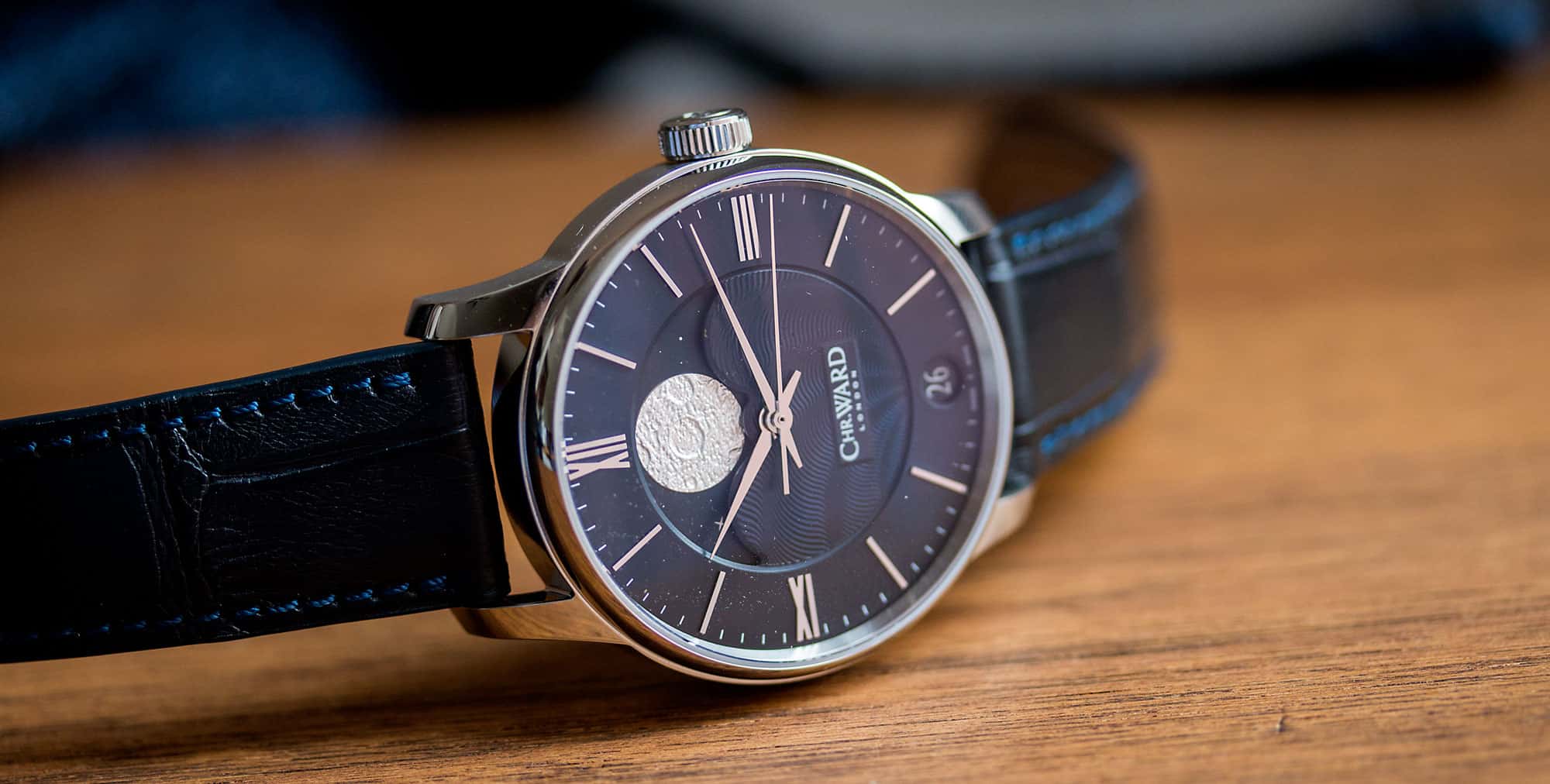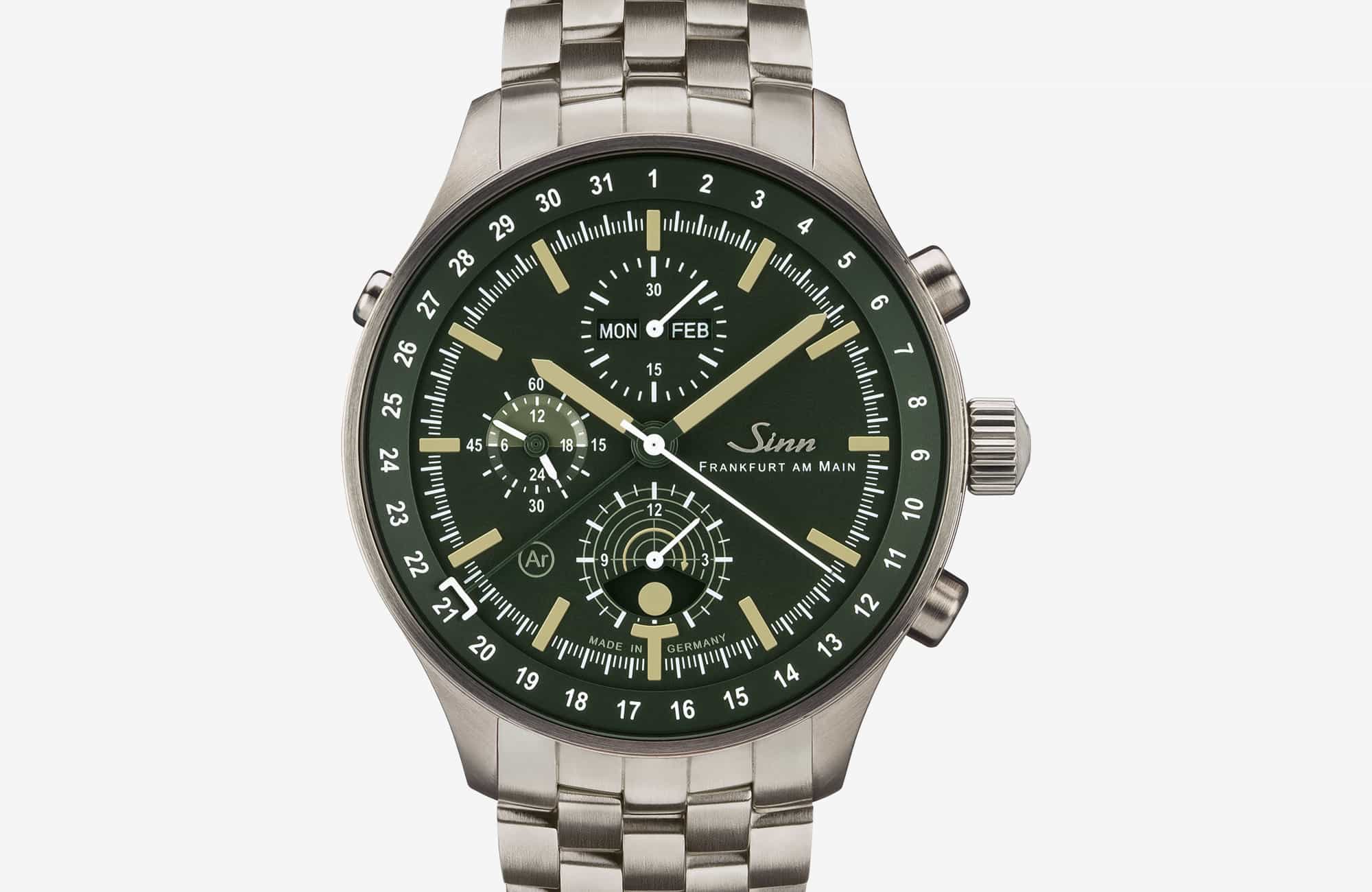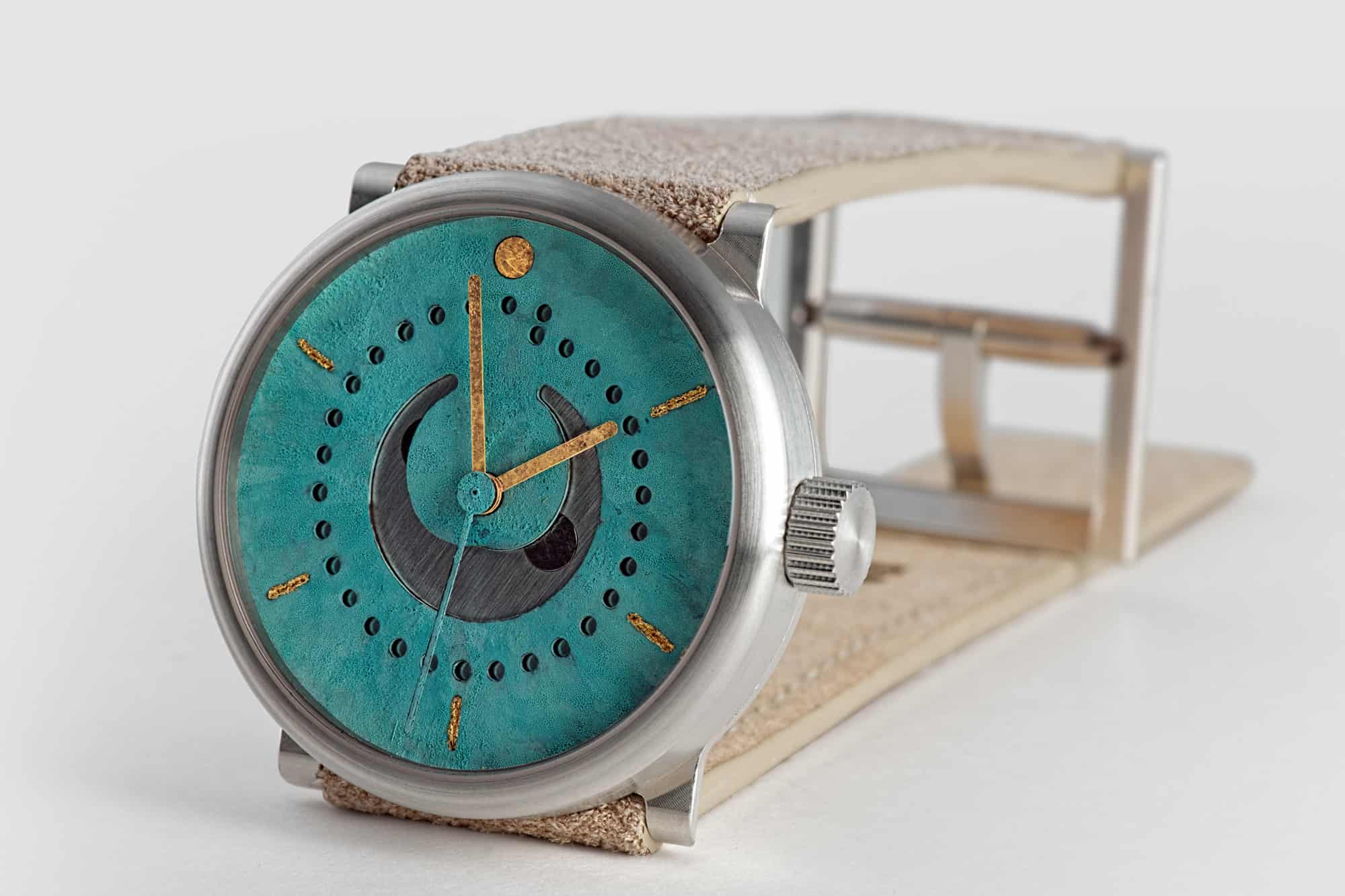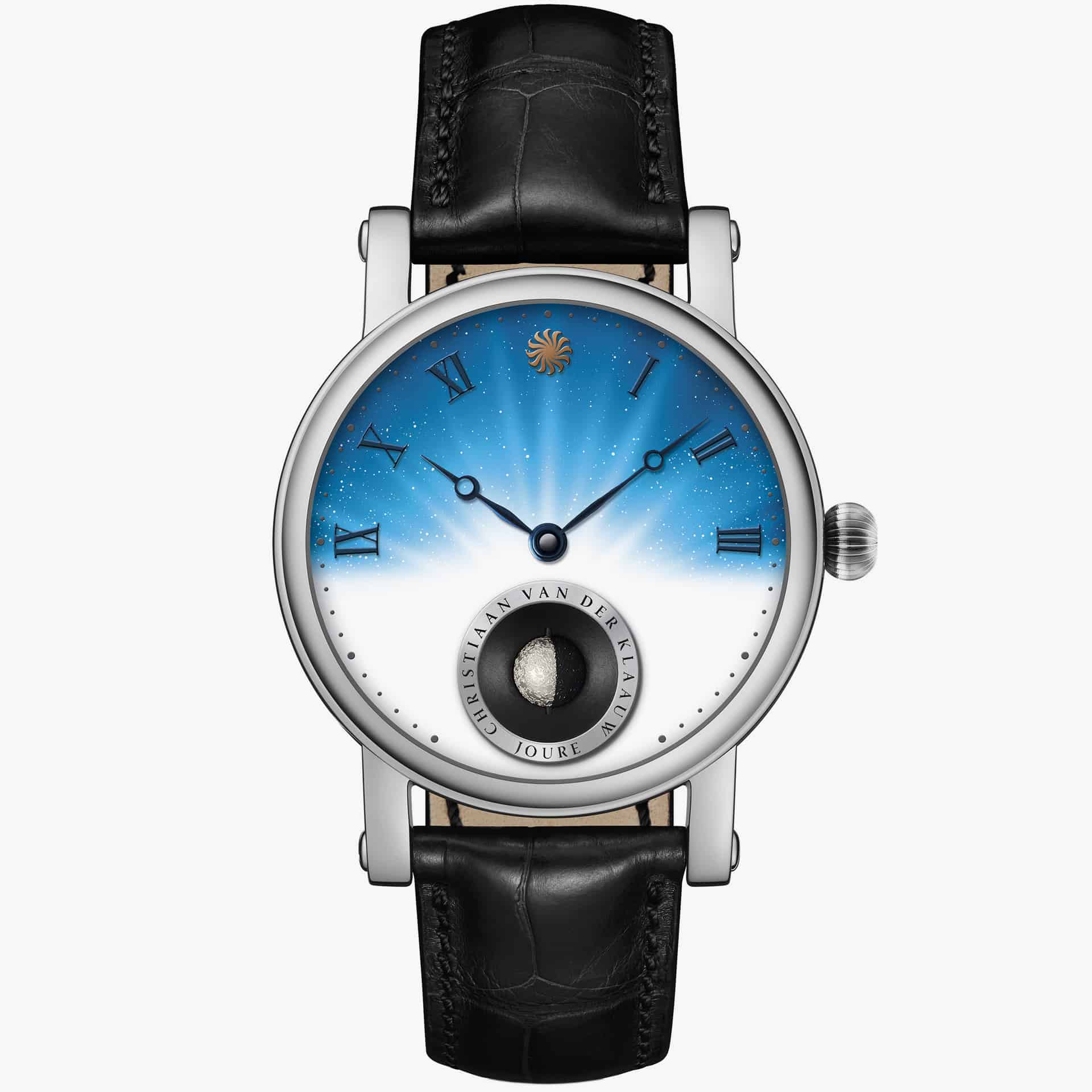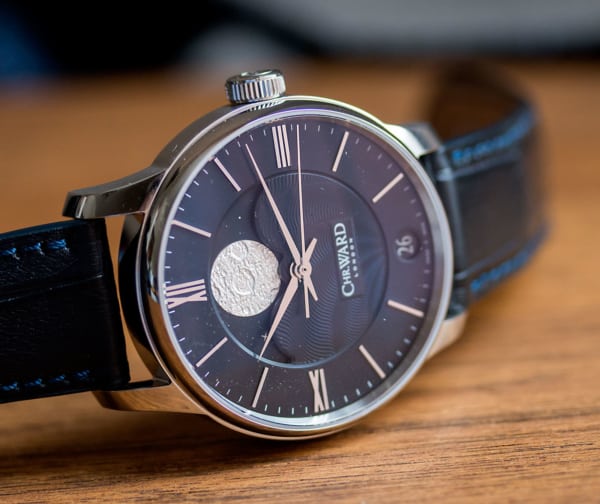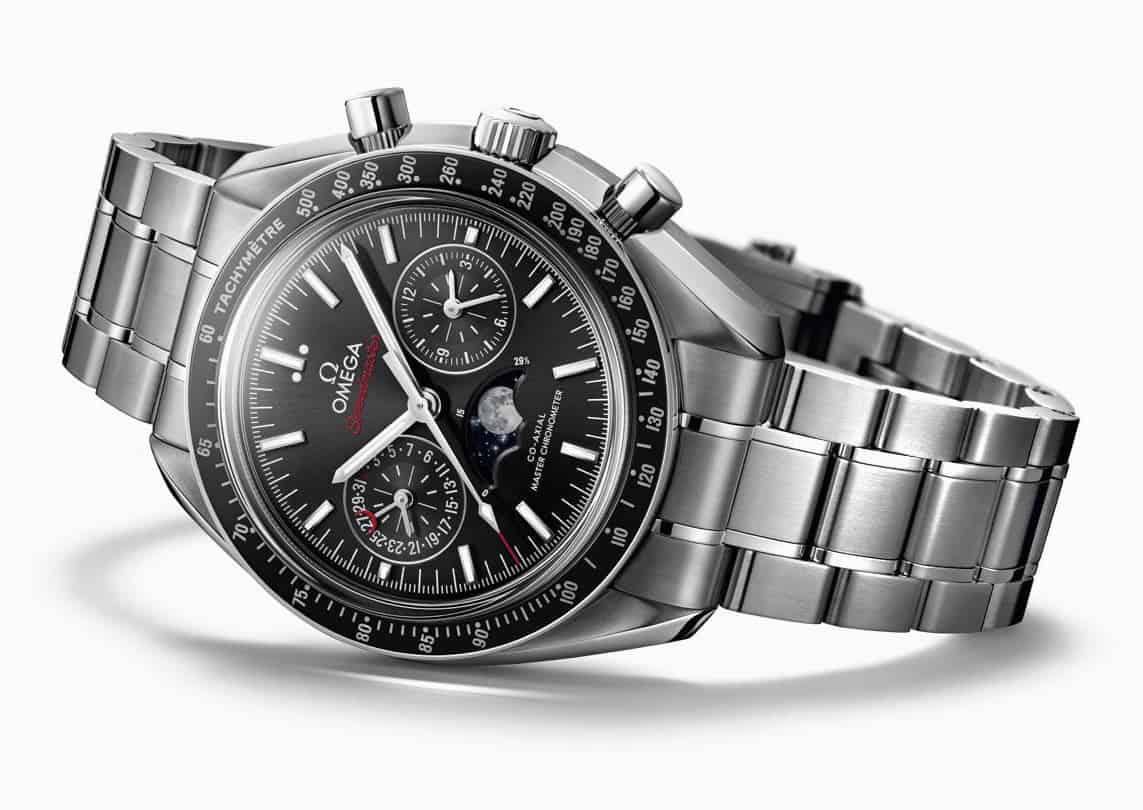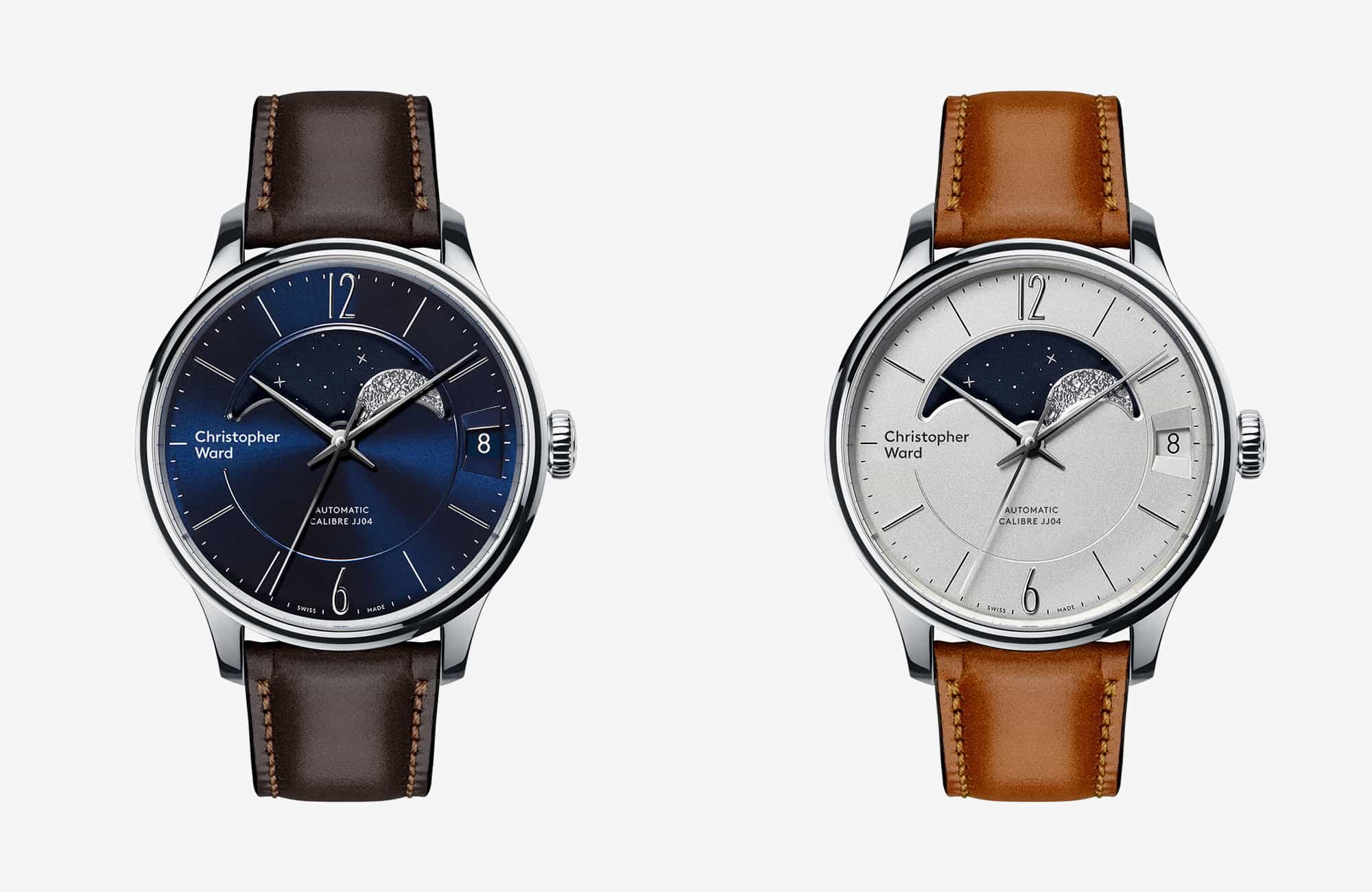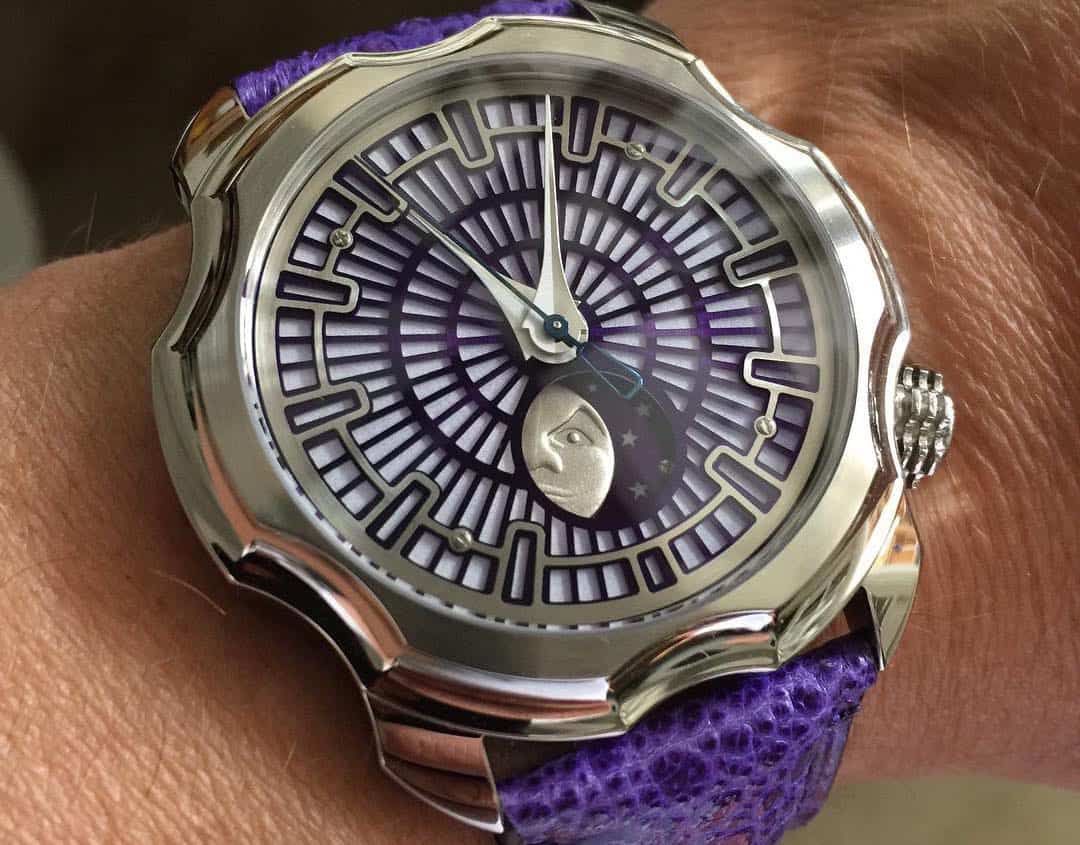A complication is usually defined as any information displayed on a watch over and above simply telling the time in hours, minutes, and seconds. Many complications, such as a date, GMT or chronograph, display information that can be heavily relied on, and the requirements for choosing a watch in which they are featured are often legitimate and unemotional ones. The same cannot ordinarily be said when it comes to the moonphase.

Mankind has been tracking the cycles of the moon for tens of thousands of years. In those earliest times, a small stone inscribed with a lunar calendar would have been carried on long hunting trips or during seasonal migrations where planning around nocturnal light or temperature variations was vital. The obvious question, and it’s one that I don’t have the answer to, is why does the complication remain so popular today, other than it being an elegant representation of the passage of time.
Early Adoption
Astronomical clocks such as the famous Prague Orloj have included a display of the relative position of the moon since the 14th century, and it’s possible even they can trace their origins back to the Antikythera mechanism from ancient Greece, which included the moon phase, calendar cycles and eclipses among its displays.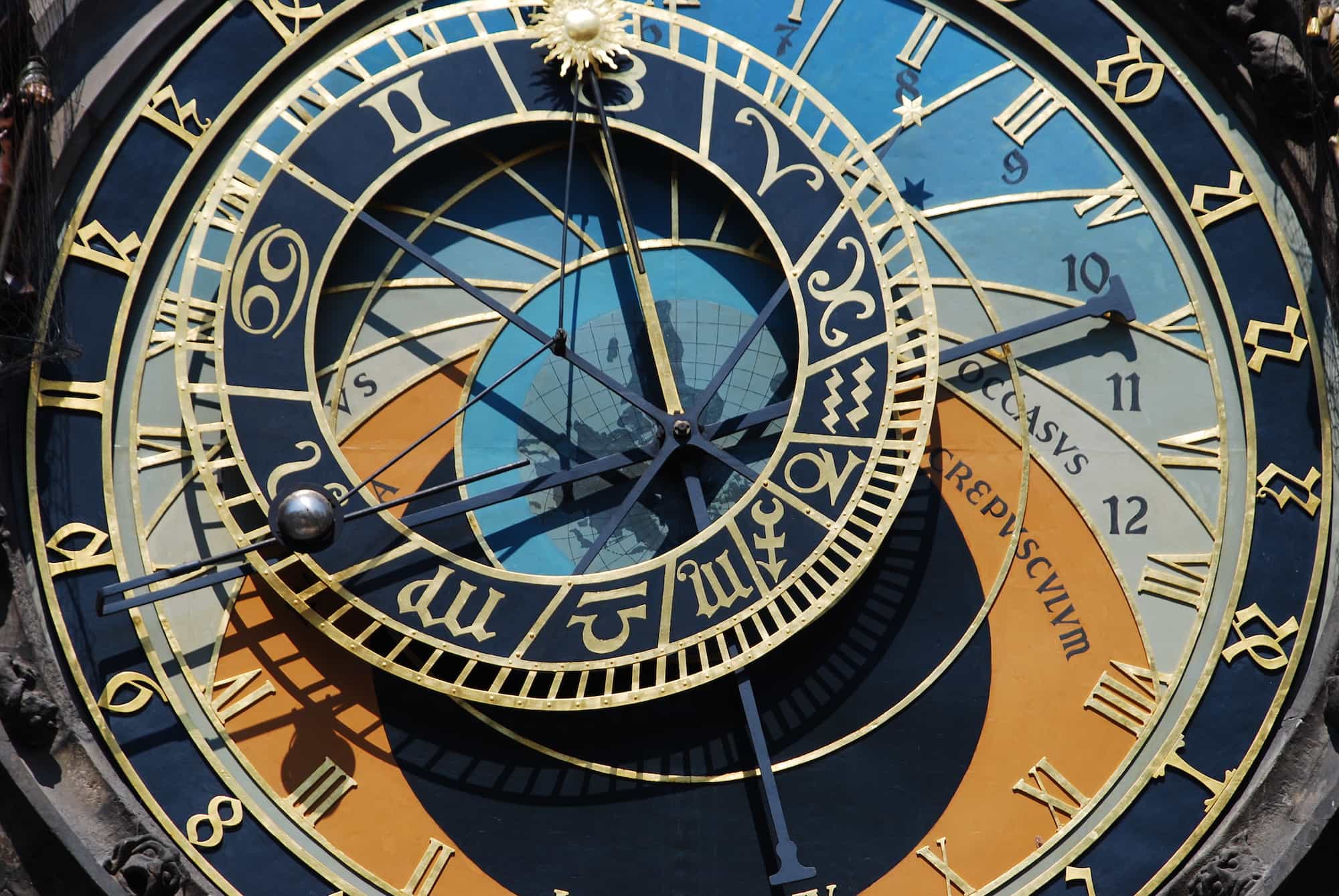 While no longer useful in everyday life, the romanticism of the moonphase made its way from more complicated and elaborate clocks to pocket watches and then on to similar wristwatches, often as part of a perpetual calendar display. The first perpetual calendar wristwatch was produced by Patek Philippe in the 1920s using a movement originally designed for use in a pendant watch made decades earlier. Breguet soon followed, and the popularity of the complication grew into the 1930s and ’40s.
While no longer useful in everyday life, the romanticism of the moonphase made its way from more complicated and elaborate clocks to pocket watches and then on to similar wristwatches, often as part of a perpetual calendar display. The first perpetual calendar wristwatch was produced by Patek Philippe in the 1920s using a movement originally designed for use in a pendant watch made decades earlier. Breguet soon followed, and the popularity of the complication grew into the 1930s and ’40s.









 Featured Videos
Featured Videos




